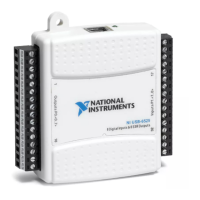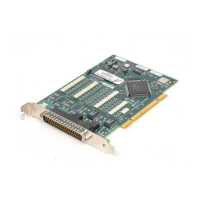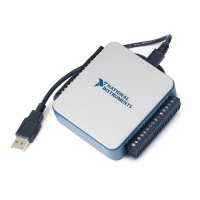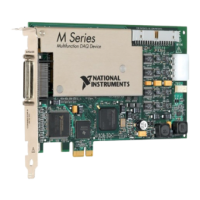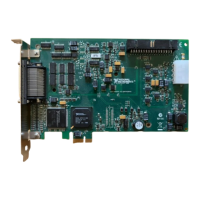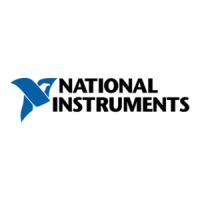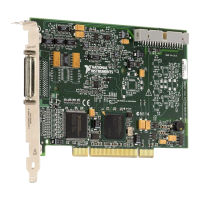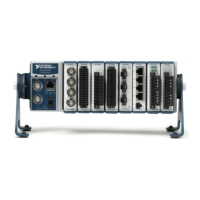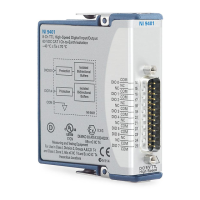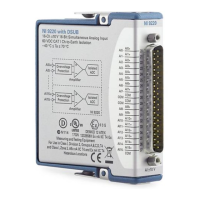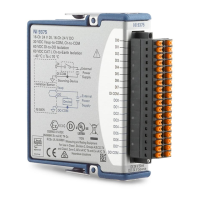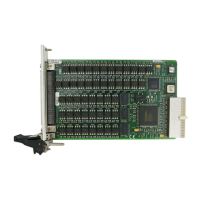
 Loading...
Loading...
Do you have a question about the National Instruments 6527 Series and is the answer not in the manual?
| Brand | National Instruments |
|---|---|
| Model | 6527 Series |
| Category | I/O Systems |
| Language | English |
Details the warranty period and National Instruments' responsibilities for defective equipment and software media.
Outlines copyright laws, trademark usage, and legal disclaimers regarding the manual and product.
Alerts users to critical safety warnings regarding the use of National Instruments products in life-support systems.
Describes the information contained in the manual for register-level programming of 6527 devices.
Guides users on how to utilize the 6527 Register-Level Programmer Manual alongside other documentation.
Explains the typographical and symbolic conventions used throughout the manual for clarity.
Introduces the PCI MITE ASIC used for communication and the need to initialize the PCI interface.
Describes the main input/output registers and the Clear Register for resetting functions.
Explains how to enable/disable filtering to reduce glitches and the use of filter intervals.
Details using change notification to generate interrupts on input line changes.
Summarizes register groups: General Operation, Digital Filtering, and Change Notification.
Describes input registers for optocoupler states and output registers for solid-state relay control.
Groups ID, Clear, and Master Interrupt Control Registers for device identification and function management.
Covers registers for setting filter intervals, enabling filtering, and configuring edge detection interrupts.
Details the Change Status Register, which indicates the status of change detection events.
Lists and defines terms commonly used in programming examples, such as port addresses and registers.
Guides on initializing the PCI local bus and configuring the device for PC and Macintosh systems.
Provides pseudocode examples for re-mapping the PCI MITE and activating the device for specific platforms.
Explains reading input data from ports and configuring digital filtering for input lines.
Details controlling solid-state relays on output ports by writing digital values to port registers.
Covers configuring, handling, and disabling change notification interrupts for input line changes.
Directs users to National Instruments' web support, developer zone, and online resources for assistance.
Provides information on training options, courses, and educational materials for users to enhance skills.
Offers guidance on consulting or employing system integration services for complex projects and solutions.
Informs users about National Instruments' global offices and how to contact them for timely support.
